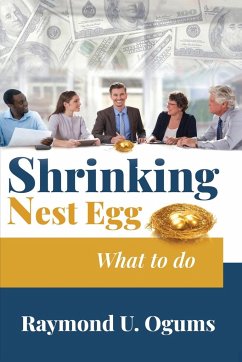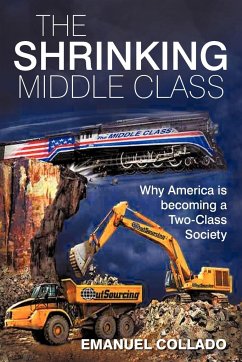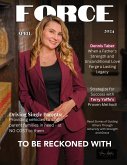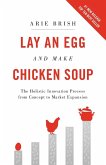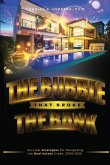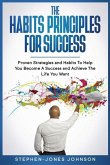The events of 2008 have raised awareness to the possibility of highly derailing impact to savings under the new retirement funding structures, due to their relationship with the financial markets. As a result, many retirees were threatened financially; hence, forced back to work. Efforts by federal officials to boost the U.S. economy by lowering interest rates resulted in almost zero returns on some federally guaranteed savings accounts popular with retirees. The downward trend continued to bite down seniors' incomes, and together with the lingering impact of the 2008 events, necessitated the need for most retirees to seek income supplements. While many resorted to post-retirement employment as a solution, some others have not been so fortunate in that they cannot work for various reasons. The What to Do part of this book offers suggestions for current and prospective retirees who can or can't work, and those still in their accumulation years, on how to mediate financial shortfall in retirement and ensure that their golden years are golden. If you have a strong interest in how current retirees deal with their mix of saving, spending, income, and working since replacement of the traditional defined benefit pension plan with the defined contribution model, you may want to begin your reading with Part III, which provides my case study results. If you are somewhat familiar with the new retirement landscape and want to know more about its impact and funding concerns, then I would suggest you start with Part I, which also presents historical overview of the US retirement, lifestyle establishment, along with some considerations. You can also skip right to Part IV if you desire to know about what you can do to be able to fund your retirement. Or you may just scan the glossary which defines the key terms used in the book and flip back and forth as you wish. Whichever section(s) you prefer to begin your reading with, I have a feeling you will find the entire book interesting.
Hinweis: Dieser Artikel kann nur an eine deutsche Lieferadresse ausgeliefert werden.
Hinweis: Dieser Artikel kann nur an eine deutsche Lieferadresse ausgeliefert werden.

